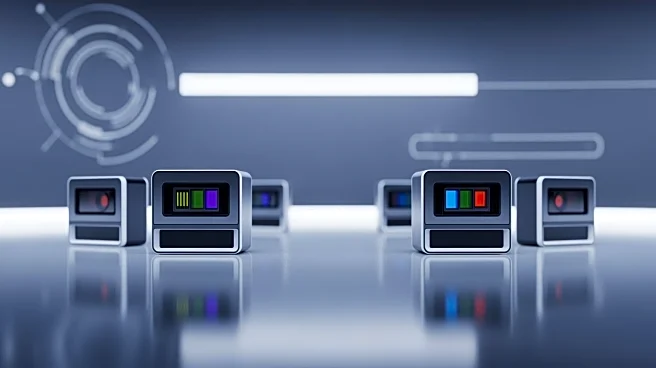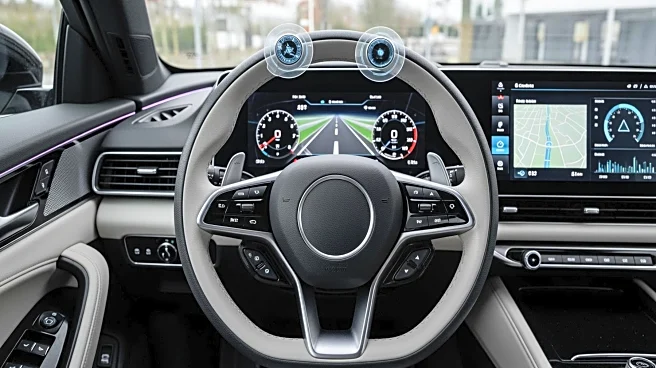What's Happening?
Boston-based Teradar has emerged from stealth mode, announcing its terahertz vision sensors designed for automotive applications. The company's Modular Terahertz Engine, a solid-state chip architecture, offers up to 20 times the resolution of current
automotive radar systems and can operate in various weather conditions. Teradar is collaborating with five automotive manufacturers and three tier one suppliers, aiming to secure a production program by 2028. The technology supports advanced driver assistance systems (ADAS) and autonomous driving systems from Level 1 to Level 5.
Why It's Important?
Teradar's terahertz sensor technology represents a significant advancement in automotive perception, offering improved resolution and accuracy in detecting hazards. The ability to operate in diverse weather conditions enhances the reliability of autonomous driving systems, potentially reducing accidents and saving lives. The collaboration with major automotive manufacturers and suppliers indicates strong industry interest in integrating this technology into future vehicle models.
What's Next?
Teradar plans to continue developing its terahertz sensor technology, with the goal of securing a vehicle production program by 2028. The company is likely to focus on expanding its partnerships and exploring additional applications for its sensors in the automotive industry. As the technology matures, we may see increased adoption in advanced driver assistance systems and autonomous vehicles.
Beyond the Headlines
The emergence of terahertz sensor technology highlights the importance of innovation in automotive safety and perception. The advancements in sensor resolution and accuracy could lead to new standards in vehicle safety and performance, influencing future developments in autonomous driving technology.














